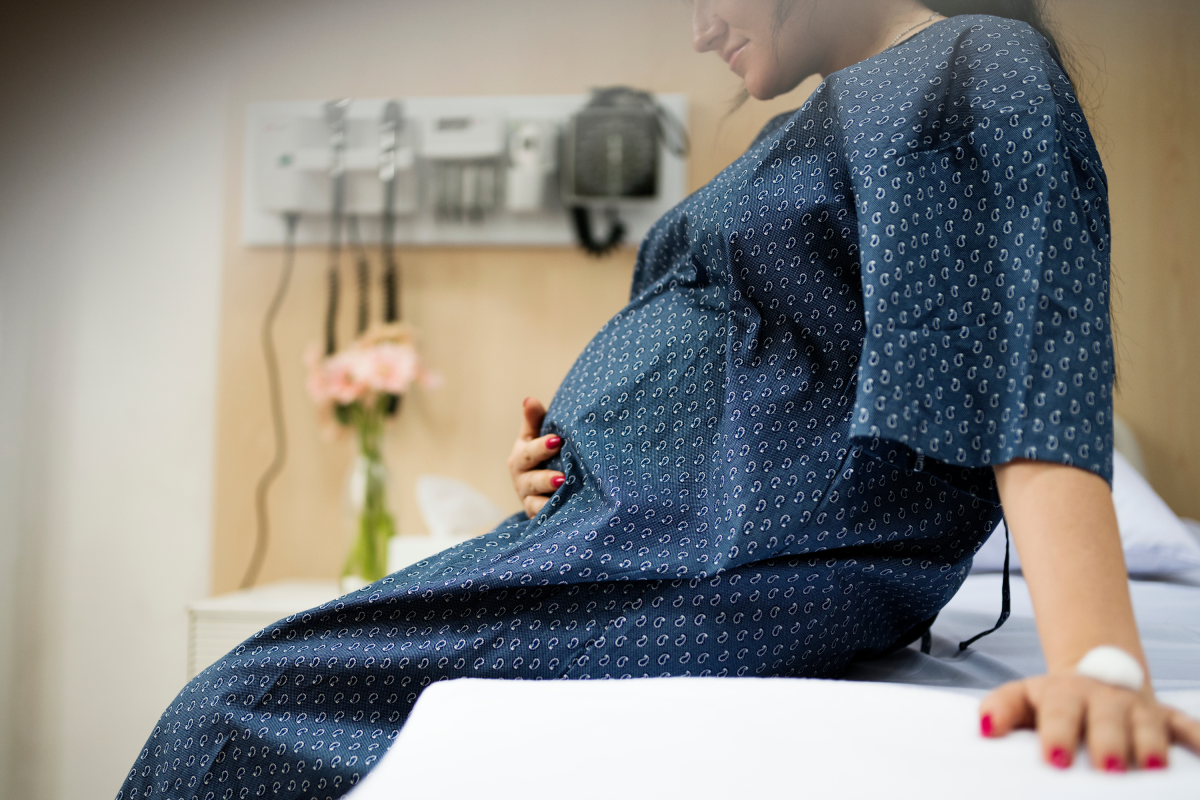
A new approach to diagnosing and fighting a leading cause of maternal deaths worldwide—excessive bleeding after birth—could be more effective than current methods.
Currently, postpartum hemorrhage (PPH) is diagnosed after blood loss of 500 mL or more, but this threshold is not based on strong evidence, according to international researchers in a Lancet study.
Analyzing data on more than 300,000 women from 23 countries, the team found that lowering the blood loss threshold to 300 mL could be a better measure of potential PPH—along with other vital signs such as heart rate, blood pressure and shock.
“This is the first attempt to develop an evidence-based definition for PPH based on the largest analysis to date,” paper author and World Health Organization (WHO) medical officer Dr. Ioannis Gallos told Newsweek.
Based on this and other evidence, health agencies including the WHO, the International Federation of Gynecology and Obstetrics and the International Confederation of Midwives have released new global guidelines for how PPH is prevented, diagnosed and treated.
As part of the new guidelines, while 500 mL has typically been the benchmark, clinicians are now also advised to act when the blood loss reaches 300 mL and any abnormal vital signs have been observed.
Even when not fatal, PPH can lead to lifelong physical and mental health impacts, from major organ damage to hysterectomies, anxiety and trauma, according to the health agencies.
“PPH is very common. All women giving birth should receive oxytocin as a prophylactic measure. Despite this prophylaxis, 15 percent of women will suffer PPH (it would be 30 percent without oxytocin). It usually happens soon after birth—first 20 minutes,” said Gallos.
“Over 90 percent of PPHs occur in the first hour which is why women should stay in the labor rooms and be closely observed for bleeding.”
In the study, researchers assessed the sensitivity and specificity of using different signs to predict complications from PPH.
“Commonly, for women giving birth blood loss is not measured. It is estimated by looking at it how much it may be as some blood loss is expected after birth. However, this way of visual estimation misses half of women with excessive bleeding,” Gallos explained.
“The new method recommended is for all women to have blood loss collected and measured with a calibrated tool where doctors and midwives can see exactly how much blood is lost so they can act sooner before the woman starts feeling unwell.”
The researchers found the conventionally used threshold measure of blood loss predicted severe life-threatening complications with a 76 percent sensitivity and 81 percent specificity.
The lower threshold of 300 mL with no additional measures had 84 percent sensitivity and 55 percent specificity.
Meanwhile, the lower threshold plus high heart rate or low blood pressure or vital signs suggestive of shock (or measured blood loss threshold of at least 500 mL, whichever occurs first) had 88 percent sensitivity and 67 percent specificity.
While the new method risks misdiagnosing more women who don’t have PPH than the current method, the researchers concluded high sensitivity should be prioritised over avoiding false positives to help provide treatment quickly (when it works better) and save lives.
“The treatment itself is safe and very effective. Missing women who will suffer complications is more important than women receiving medications that are safe, such as oxytocin and tranexamic acid,” said Gallos.
Gallos added that having their blood loss collected and measured at birth together with their pulse and blood pressure “should not stop women having a positive birthing experience, but it means that women will be safe and complications would be avoided.”
In the new guidelines—the “first to uniquely focus on PPH”—doctors and midwives are advised to monitor women closely after birth and use the devices that collect and quantify lost blood so they can act immediately when criteria are met.
In rare cases when bleeding continues, the guidelines recommend effective interventions such as surgery or blood transfusion to safely stabilize a woman’s condition until further treatment becomes available.
The guidelines also include emphasis on reducing risks through preventative measures, including for anemic mothers, and come with training and implementation resources. The 51 recommendations are being launched at the 2025 FIGO World Congress in Cape Town in South Africa.
Do you have a tip on a health story that Newsweek should be covering? Do you have a question about postpartum hemorrhage? Let us know via health@newsweek.com.
Reference